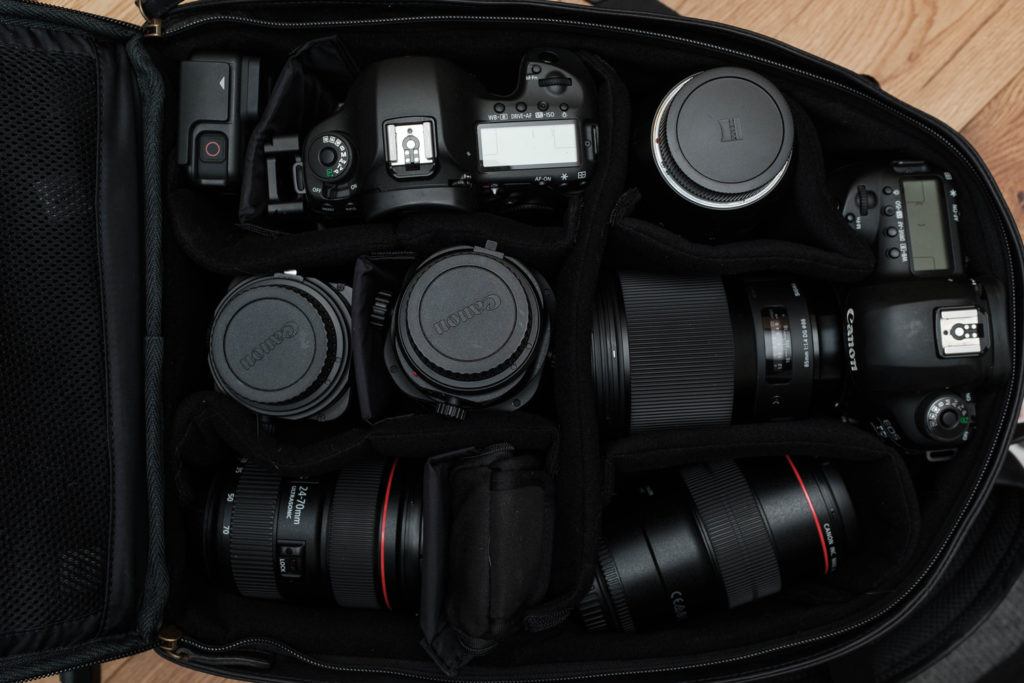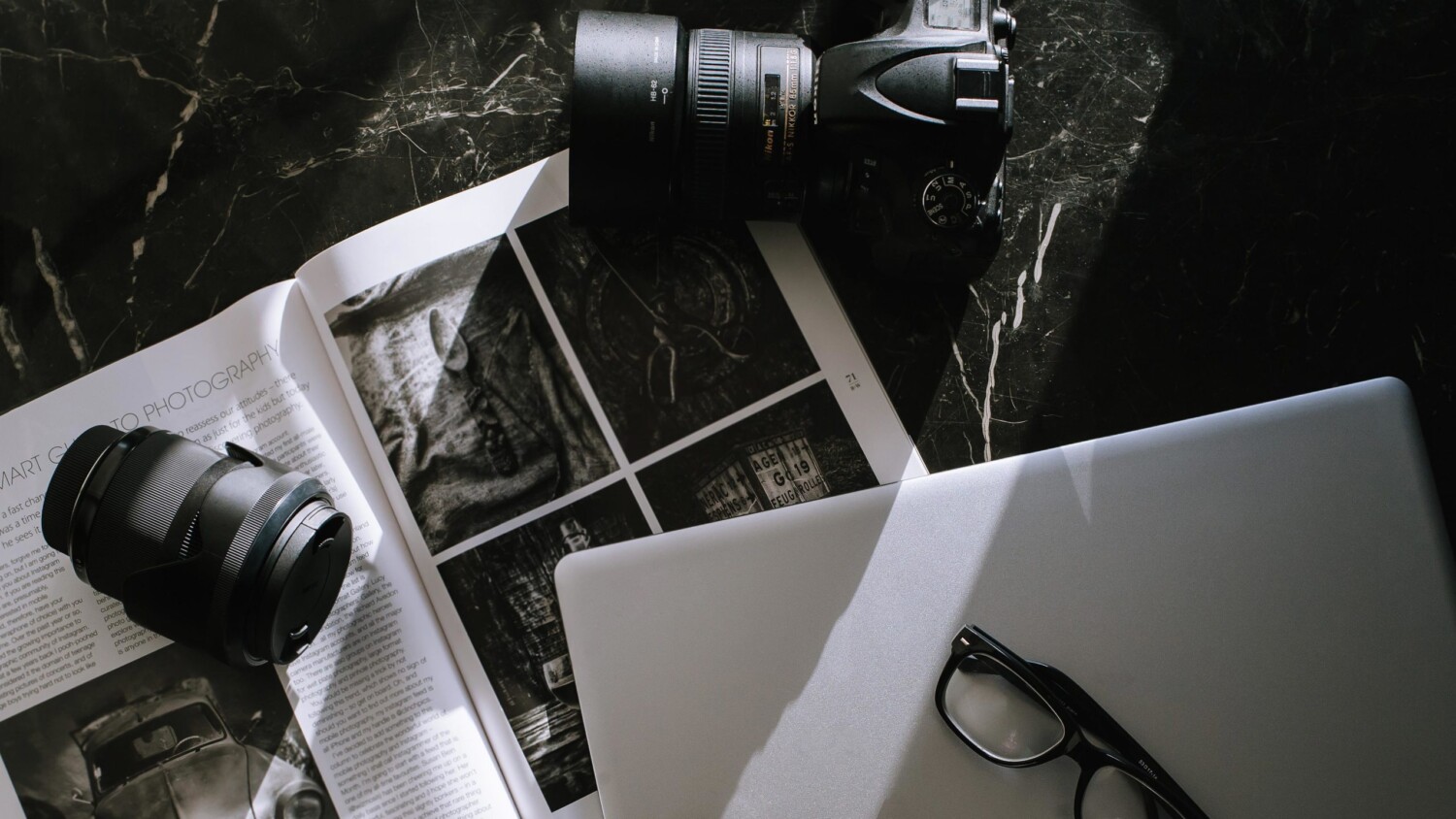Three Biggest Mistakes I’ve Made as a Professional Architectural Photographer
In a previous article, I discussed five mistakes that beginner architectural photographers tend to make. Since then I thought about how I’ve obviously made mistakes since then and although they may not be relatable to beginners there are still lessons one can draw from them. In this article, I decided to discuss some of the worst mistakes I’ve made so far.
1. Under Quoting For a Job
This is the biggest mistake I’ve made so far by quite a long shot. I was asked for a quote from a client that I had built quite a rapport with. Getting the job with this organization was a breeze, or so I thought. A new project came up where they had several new developments that required photographing. This was approximately 10 days worth of work in total including post-production. The company in question sent across the brief to me, but, instead of sending over my normal quote I sent over one which was quite a bit lower than usual. In response, they told me that I was too cheap and simply moved onto another potential.
This is probably the most embarrassing situation I’ve ever experienced in a professional setting. The implications of what they said are that essentially, I’m not ready and they want something better. There’s no real way to overcome this objection or no real way that I could think of. Under quoting or pricing yourself below the competition can work a treat when you’re working with budget clients but it’s a terrible strategy for high value projects. The priorities these types of companies are very different from budget clients. Essentially, the priority of these companies is to hire someone that they can trust is going to produce the results they need in a timely manner. If you’re too cheap then they immediately lose that trust and assume that you’re just not experienced enough. Lesson here is that you shouldn’t do what I did and try and be nice with your price because companies are hiring you on a professional basis and don’t need favors from you.
2. Spending Too Much on Gear

The point of a business is to make money, that is all. If your photography company is spending all of its money on new equipment and fancy gear then you don’t have a business, you have a hobby that pays for itself. This is one of the major mistakes that I made when my business started to take off. I was getting better and bigger contracts from companies and referrals were extremely helpful in this regard. This meant that my marketing budget was next to nothing and my overheads were ridiculously low. Being in that position was extremely comfortable and I started to relax the wallet strings a little. All the new cameras, lenses and accessories started to look very tempting to me and I went out and spent a whole bunch of money on new gear. The justification was always the same, I would tell myself that this is equipment I need to run my photography business more effectively. In almost every case this was completely false and buying the new equipment did not increase my income by any amount. A more prudent strategy would have been to put a budget towards marketing and building the brand as opposed to buying new cameras and lenses.
Upgrading my Canon 5D Mark III to the 5DS R and the 5D Mark IV did not increase my income by any amount. No client ever cared about which version of the 5D series camera I was shooting with. Once again the point of a business is to make money and if you’re spending too much of what you earn then you’re not running an effective business. The financials are so extremely important and having control over where and how you spend you money can determine whether your business lives or dies.
I have learnt my lesson since, and over the last few years I’ve been extremely frugal. This has actually improved my lifestyle and business in almost every regard. I have far more flexibility with how I run my business and I’m not having to chase for new clients because I have enough money to relax on occasions. Having more money instead of more cameras gives you an incredible amount of freedom and flexibility.
3. Not Doing Any Personal Projects

I take it back, this is by far the biggest mistake I’ve made so far. The fact that I haven’t done any personal projects in the last few years has probably limited my reach and career prospects. Not only that but the lack of personal projects has probably impeded my growth as both a creative and as a photographer. I thoroughly regret not doing any personal projects because I understand very well how important they are. When you’re doing work for a client it’s going to be very rare that you have the flexibility to be as creative as you’d like to be. You can’t really flex your creative muscles on a job because you more than likely have a brief and a limited amount of time to complete. If these are the only types of shoots you’re doing then it’s extremely difficult to progress and improve your skills. You can’t reach new heights by doing the same thing on the same level.
A perfect example of how personal work can improve and develop your career is a project called Airportraits by Mike Kelley. this project gained an incredible amount of attention. My guess is that Airportraits put Kelley on the map more so than anything else he’s ever done.
Personal projects give you an incredible degree of flexibility to produce precisely what you want. They don’t need to be linked to the work you do for a living; in fact it’s probably an idea to make sure it isn’t. If like me you’re not doing any personal projects then you are severely limiting yourself both creatively and commercially. For this reason I aim to produce at least two personal projects in the next year.
Lead image by Anete Lusina used with permission
